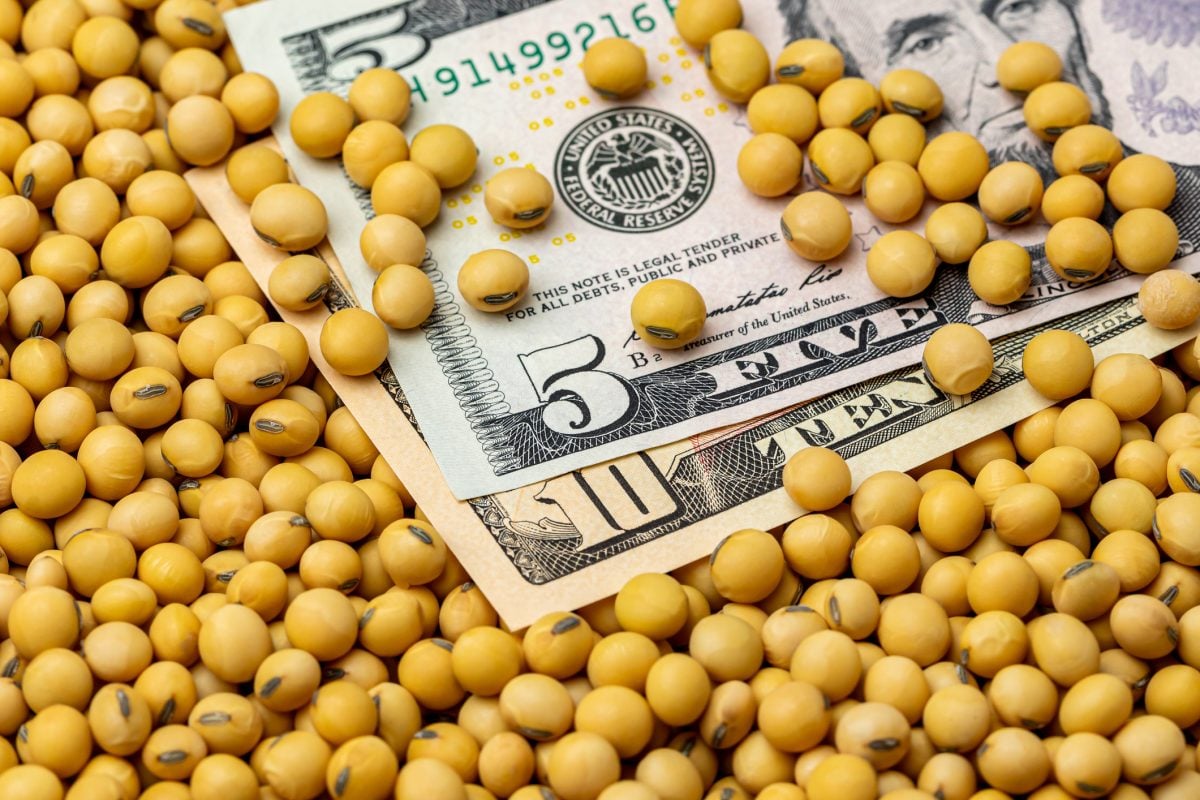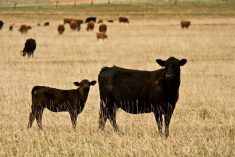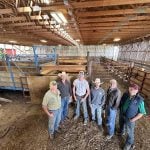Compared to last week, western Canadian yearlings traded $2 lower to as much as $5 higher. Strength was once again noted in southern Alberta where heavier yearlings recorded a fresh 52-week high. Calves were relatively unchanged from week-ago levels. Larger groups of quality weaned genetics traded as much $5 above average values. Feather-lite bawlers under 450 lbs. were red hot.
Yearlings coming from the foothills of Alberta appear to have a heavier structure compared to the drier regions of Saskatchewan and Manitoba. Lethbridge feedlot operators put a premium on these local cattle with expected feed efficiencies warranting the higher prices. Finishing feedlot interest was noted across all weight categories. The year-over-year increase in feedlot placements during the summer will result in lower supplies later in fall. Feedlots were anxious to secure ownership with higher feeder cattle prices expected in November and December. U.S. and Ontario demand was evident in Manitoba and Saskatchewan. Weather has been excellent for transportation.
Read Also

U.S. grains: Soybeans set 15-month high on U.S.-China trade deal hopes
Chicago soybean futures reached their highest in 15 months on Tuesday, briefly topping $11 a bushel on optimism that the U.S. could reach a trade deal with China as leaders from both countries are expected to meet in South Korea on Thursday.
In northwestern Manitoba, larger-frame black steers averaging 866 lbs. were valued at $201 and Simmental-blended heifers weighing 920 lbs. were quoted at $180. In central Saskatchewan, a small group of tan steers weighing 860 lbs. were valued at $187. In southern Alberta, a larger group of higher-quality steers straight off grass averaging 985 lbs. dropped the gavel at $186; a large group of heifers averaging 930 lbs. were valued at $179. South of Edmonton, red white-face steers weighing a shade over 800 lbs. were quoted at $194. These quoted values are for yearlings straight off grass. Yearlings coming on light grain ration were set back $2-$4.
In southern Saskatchewan, Simmental-blended semi-weaned steers averaging 640 lbs. were quoted at $224 and similar-quality heifers weighing 615 lbs. were quoted at $187. Near Lethbridge, a larger group of short-weaned black steers weighing 520 lbs. were quoted at $232. South of Edmonton, mixed steers straight off their mothers averaging 490 lbs. were valued at $225.
The feeder market is like hockey; one has to go not where the puck is but where it is expected to be. Similar to buying feeder cattle, one has to buy according to selling expectations because the deferred feeder and live cattle futures do not justify current values. The buying ideas from each operator can be quite variable depending on the risk tolerance and faith in market analysis or price forecasts.
— Jerry Klassen manages the Canadian office of Swiss-based grain trader GAP SA Grains and Produits Ltd. and is president and founder of Resilient Capital, specializing in proprietary commodity futures trading and market analysis. Jerry consults with feedlots on risk management and writes a weekly cattle market commentary. He can be reached at 204-504-8339 or via his website at ResilCapital.com.













